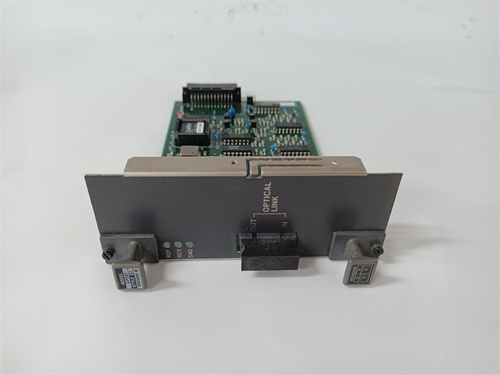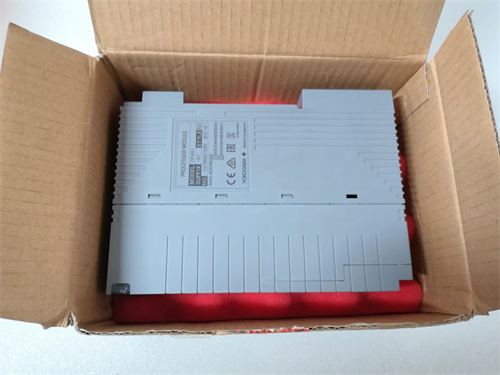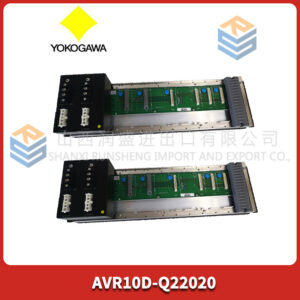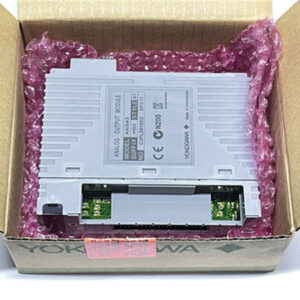الوصف
The YOKOGAWA VI451-10 is a communication module that plays a vital role in Yokogawa’s Distributed Control Systems (DCS), specifically the CENTUM VP and CENTUM CS3000 series. It’s a key component that enables reliable data transfer between field devices and the central control system.
This module is essential for seamless integration in industrial environments, acting as a bridge to ensure that critical process data flows smoothly and accurately. While some sources might mention “encoder module” or “digital input module” in relation to its broader capabilities within certain contexts, its primary identification is as a communication module for Yokogawa’s major DCS platforms.
Optimized SEO Titles
- YOKOGAWA VI451-10: Communication Module for CENTUM VP/CS3000 DCS
- VI451-10 Yokogawa: Industrial Data Communication for Process Control
- YOKOGAWA VI451-10: Ensuring Reliable DCS Connectivity
- Buy VI451-10: Genuine Yokogawa Communication Module for Automation
- VI451-10 for Sale: Seamless Data Transfer in Industrial Plants
- YOKOGAWA VI451-10: High-Reliability Module for CENTUM Series
- DCS Communication Module VI451-10: Enhancing Process Visibility
- VI451-10 Yokogawa: Supporting Field Device Integration
- YOKOGAWA VI451-10: Robust Data Acquisition in Harsh Environments
- VI451-10 Module: Foundation for Real-time Industrial Monitoring
Brief Product Description
The YOKOGAWA VI451-10 is a specialized communication module designed for use within Yokogawa’s CENTUM VP and CENTUM CS3000 Distributed Control Systems. It serves as a crucial interface, facilitating reliable and high-speed data transfer between a wide variety of field devices (such as transmitters, sensors, and PLCs) and the central control system. This rack-mounted module is engineered for high reliability and operates across a wide temperature range, making it suitable for demanding industrial automation and process control applications.
- Product Type: Communication Module
- Manufacturer: Yokogawa
- Compatibility: Yokogawa CENTUM VP, CENTUM CS3000, and CENTUM CS DCS
- Primary Function: Enables communication and data transfer between field devices and the DCS.
- Key Features: High reliability, wide operating temperature, designed for industrial environments.
Detailed Product Description
Imagine a vast industrial plant, perhaps a chemical refinery or a power generation facility. Thousands of sensors are constantly measuring temperature, pressure, flow, and level, while hundreds of valves and motors are responding to commands. The seamless flow of this data and these commands is orchestrated by a Distributed Control System (DCS), and within that system, components like the YOKOGAWA VI451-10 communication module are absolutely critical. It’s the silent workhorse that ensures every piece of information reaches its destination accurately and in real-time.
I recall a project to upgrade a legacy control system in an aging pulp and paper mill. The existing communication infrastructure was a bottleneck, leading to delays in data updates and occasional communication failures, which translated into production inefficiencies. By upgrading to a modern Yokogawa CENTUM VP system that leveraged modules like the VI451-10, we saw an immediate improvement in data throughput and system responsiveness. The ability of the VI451-10 to ensure reliable communication over the control highway meant that operators had up-to-the-second information, enabling quicker decisions and smoother process control. This not only boosted efficiency but also significantly improved the safety posture of the plant.
The Backbone of DCS Communication
The YOKOGAWA VI451-10 is fundamentally a rack-mounted communication module designed for Yokogawa’s highly regarded CENTUM series DCS. Its main purpose is to:
- Facilitate Data Transfer: It acts as the interface between the control network (e.g., CENTUM VP/CS3000 Highway, V net, VL net) and the various field devices and I/O modules connected to the system. This includes transmitting process variables, control commands, alarm statuses, and diagnostic information.
- Support Various Protocols: Depending on its exact configuration and the connected system, it can support communication with a wide array of Yokogawa transmitters, sensors, actuators, and even third-party PLCs, often via specific communication protocols or interfaces like V net or VL net.
- Ensure Data Integrity: In complex industrial environments, electrical noise and transient voltages can corrupt data. Communication modules like the VI451-10 are engineered with robust electrical isolation and error-checking mechanisms to ensure that data arrives at its destination accurately.
Robustness for Industrial Applications
Yokogawa’s reputation for reliability is evident in the design of the VI451-10. It features:
- High Reliability: With a Mean Time to Failure (MTTF) often exceeding 100,000 hours, these modules are built for long-term, continuous operation in critical industrial processes.
- Wide Operating Temperature Range: Capable of functioning reliably in temperatures typically ranging from -20°C to +60°C (-4°F to +140°F), making it suitable for diverse industrial environments.
- Environmental Protection: It often carries ratings like IP54 for protection against dust and splashing water, and may even meet higher standards like NEMA 4/12 and IP66/67 for more demanding conditions.
- Hot-Swappable Capability: Many Yokogawa DCS modules, including this type, are designed to be hot-swappable, meaning they can be replaced or removed without shutting down the entire system, minimizing downtime during maintenance.
Technical Specifications (Based on common configurations; always consult official Yokogawa documentation for the precise VI451-10 variant and its specifications):
Key Applications
The YOKOGAWA VI451-10 is fundamental to the operation of Yokogawa DCS systems across various industries:
- Oil & Gas: Control and monitoring of upstream, midstream, and downstream processes, including refining, pipelines, and offshore platforms.
- Chemical & Petrochemical: Managing complex chemical reactions, batch processes, and continuous production lines.
- Power Generation: Control of boilers, turbines, and balance-of-plant systems in thermal, nuclear, and renewable energy facilities.
- Pulp & Paper: Automation of pulping, papermaking, and finishing processes.
- Water & Wastewater Treatment: Centralized control of purification, pumping, and distribution networks.
- Pharmaceuticals: Ensuring precise control and data integrity in highly regulated manufacturing processes.
- Mining & Metals: Automation of mineral processing, smelting, and rolling operations.
Related Products
The YOKOGAWA VI451-10 operates as part of a larger Yokogawa DCS architecture, often interacting with:
- Yokogawa CENTUM VP/CS3000 Processors/Controllers: The main brain of the DCS that executes control logic.
- Yokogawa I/O Modules: Various input/output modules (analog, digital, pulse) that connect directly to field devices.
- Yokogawa ESB/ESS Bus Modules: The internal communication bus modules that link I/O units to the control station.
- Yokogawa Field Instruments: Transmitters, sensors, and actuators that provide process data and receive control commands.
- Yokogawa Operation and Engineering Workstations: The HMIs and software used by operators and engineers to monitor, configure, and manage the DCS.
- Yokogawa Power Supply Modules: To provide stable power to the communication module and other components in the rack.
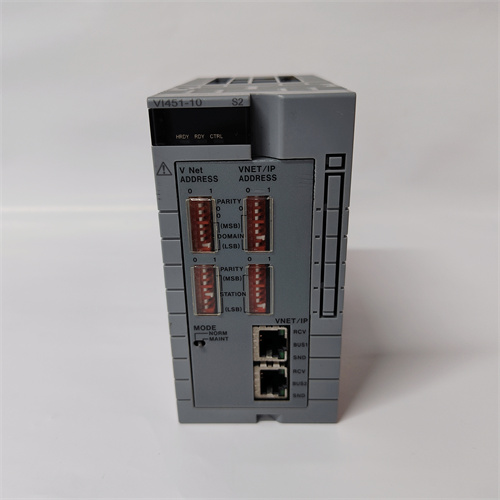
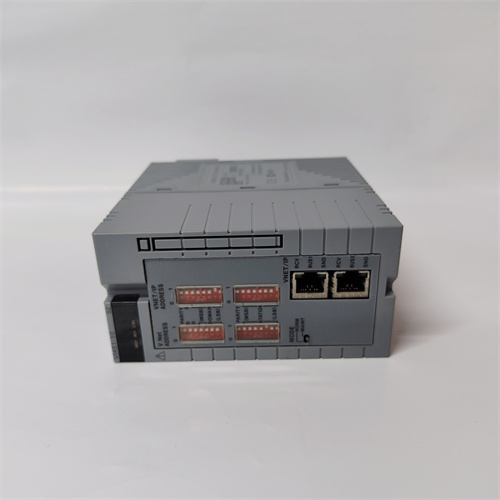
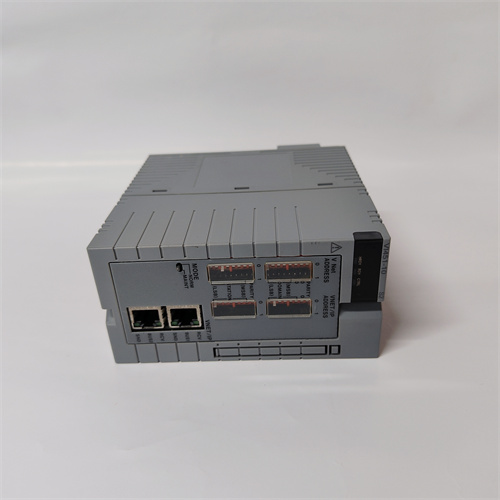

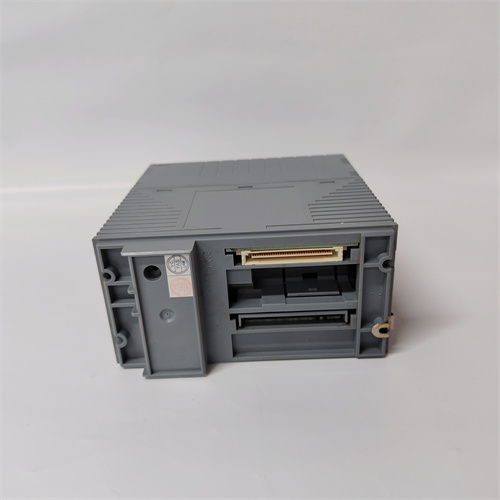

 +86 15340683922
+86 15340683922 +86 15340683922
+86 15340683922